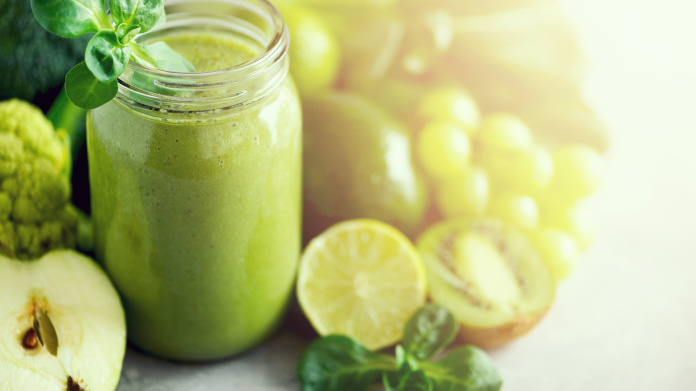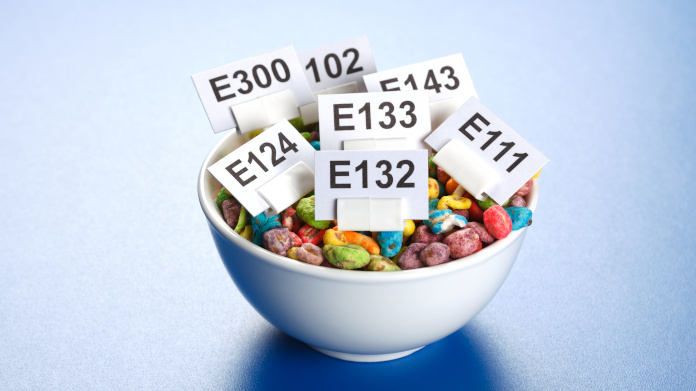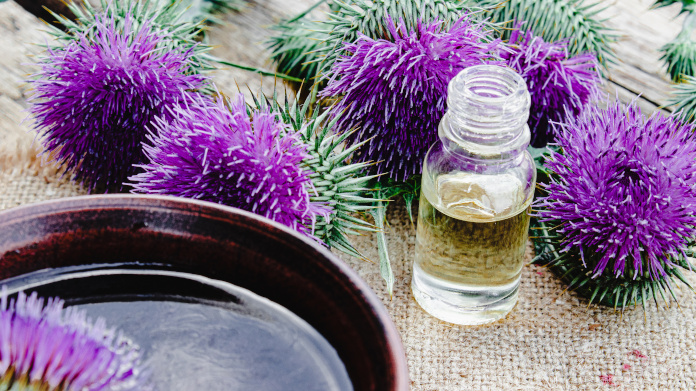
Spirulina is a blue-green algae, or filamentous cyanobacteria to be precise. There are thousands of species of cyanobacteria but only a few are edible. They include Arthrospira platensis, the main species used and sold as ‘spirulina’. The name comes from the spiral shape of the Arthrospira cyanobacteria.
The blue algae Arthrospira platensis known as spirulina grows naturally in warm water lakes. First discovered in the lakes of Mexico and Chad, it is now cultivated in many countries across the world.
Spirulina has been used for many years in both Mexico and Chad for its high nutrient content. It does indeed boast an exceptional nutritional composition: protein (50-70%), carbohydrates (15-25%), minerals (7-13%), lipids (4-7%) and fibre (2-8%). As a result of these qualities, spirulina is today used across the world for fighting malnutrition. Indeed the World Health Organization (WHO) believes this microalgae to be one of the most complete foods in the world and one of the best sources of nourishment for the future.
Like other algae such as Chlorella and Ecklonia cava, spirulina is regarded as a superfood. It is distinct in having a high vegetable protein content with excellent bioavailability in the body. It also has the advantage of providing the eight amino acids essential to the body: methionine, tryptophan, threonine, lysine, phenylalanine, valine, leucine and isoleucine. Spirulina is also a source of other molecules the body needs in order to function properly, including certain minerals and vitamins. For example, it is known for its high content in iron and beta-carotene, a vitamin A precursor. Omega-6 fatty acids have also been identified in spirulina’s composition. Last but not least are the two natural pigments responsible for spirulina’s blue-green colour: chlorophyll and phycocyanin.
As you can see, there is not just one reason, but many reasons to consume spirulina. With its outstanding nutritional composition, this micro-algae offers multiple benefits for health. In providing proteins, amino acids and essential minerals, it appears to support the healthy function of the body as a whole. Its beta-carotene content also gives it an antioxidant effect which combats oxidative stress and cellular ageing. A number of studies suggest that spirulina supports the immune system in fighting infection, lowers blood sugar in diabetics and reduces lipid levels including cholesterol and triglycerides.
Once harvested, spirulina has to be dried before it can be used. Given its nutritional qualities, it is today marketed in several forms, including flakes, powder or dietary supplements. Why not check out SuperSmart’s Spirulina supplement, with 498.5mg of spirulina per tablet for optimal efficacy. The powder used in this supplement complies with high standards of quality, producing a safe and bioavailable product.
Western diets with their reliance on processed foods have for some years been seriously disrupting our bodies’ acid-base balance. Find out how you can put this right.
The body has 5 emunctory organs which carry out a number of metabolic functions including the elimination of toxins. Read on to find out how to drain them effectively and thus help them ‘do their job’.
What can you do to compensate for the never-ending succession of meals over the festive period? Discover our top 10 dietary and detox tips for staying in shape and maintaining your health.
“A glass of wine keeps the doctor away”. Do you agree with this old adage? Our true/false article tells you all you need to know about the health benefits or otherwise of alcohol.
Sweets are an obvious example of a product containing food additives – but there’s often nothing ‘sweet’ about these sometimes controversial ingredients. Let’s take a look at the food colours, preservatives and other undesirable substances we’d do well to avoid.
The liver is a crucial organ for purifying the body. Taking certain plant extracts with detoxifying properties can help it function at its best: discover the 7 most effective of these plants.







